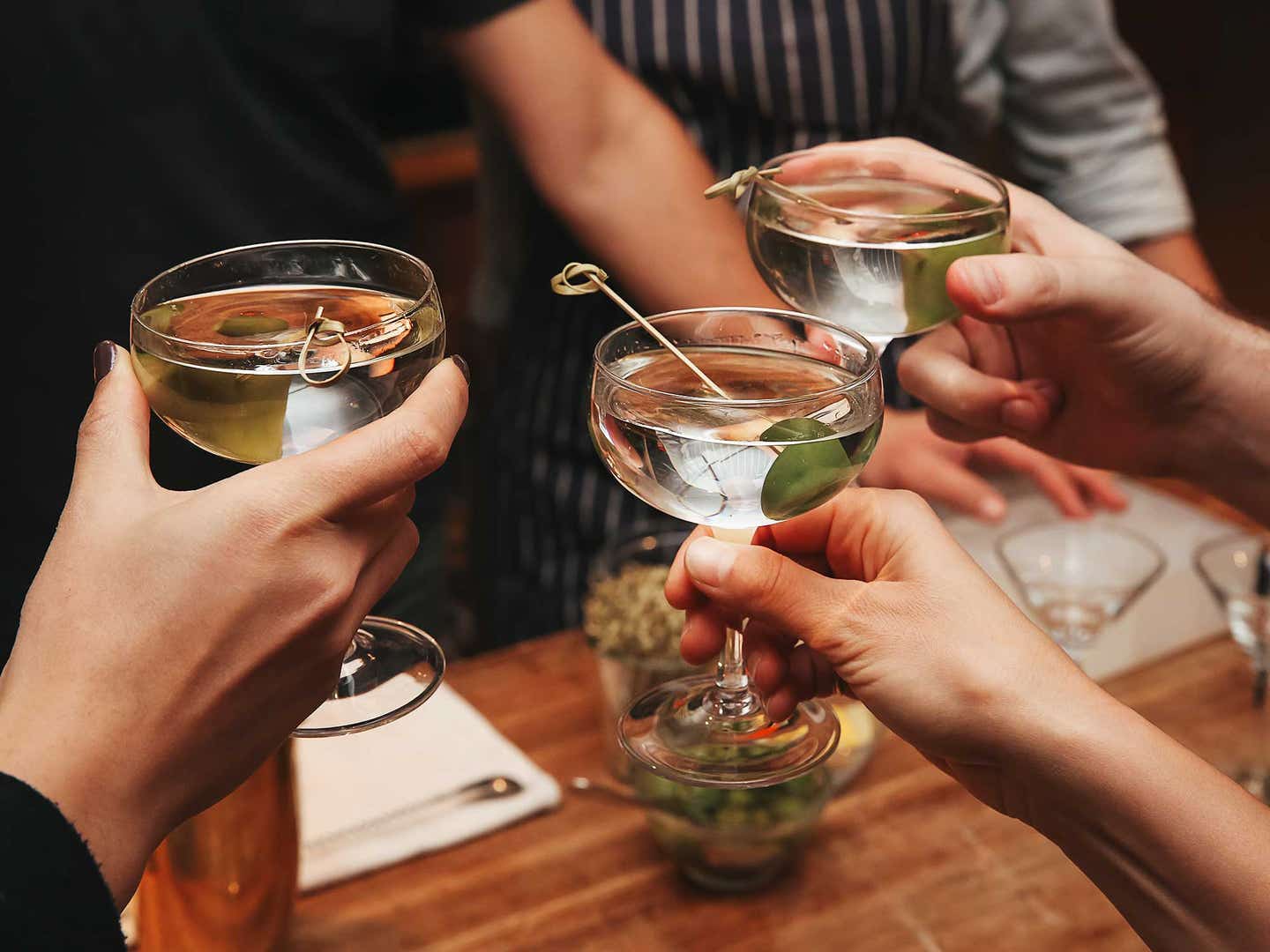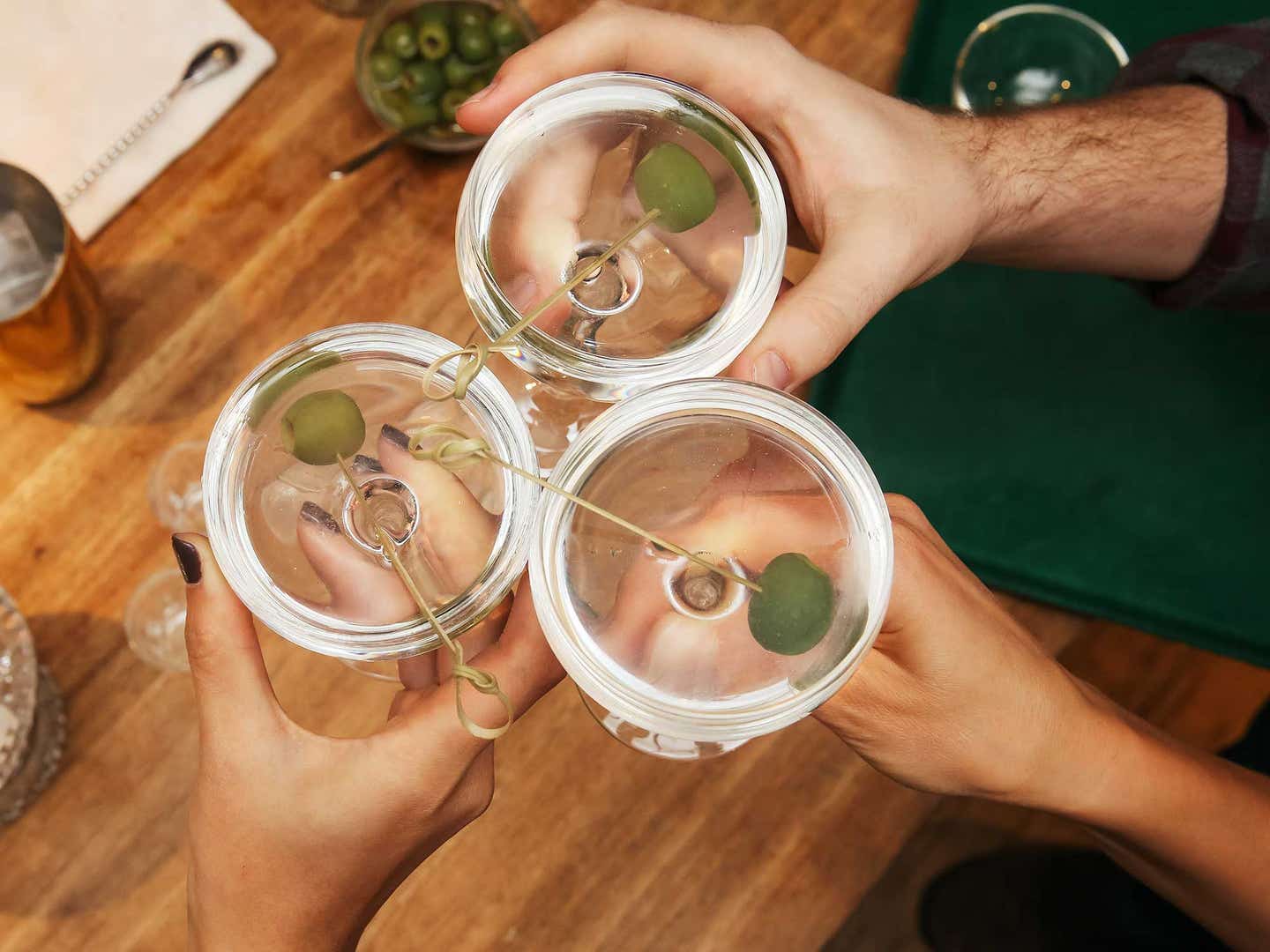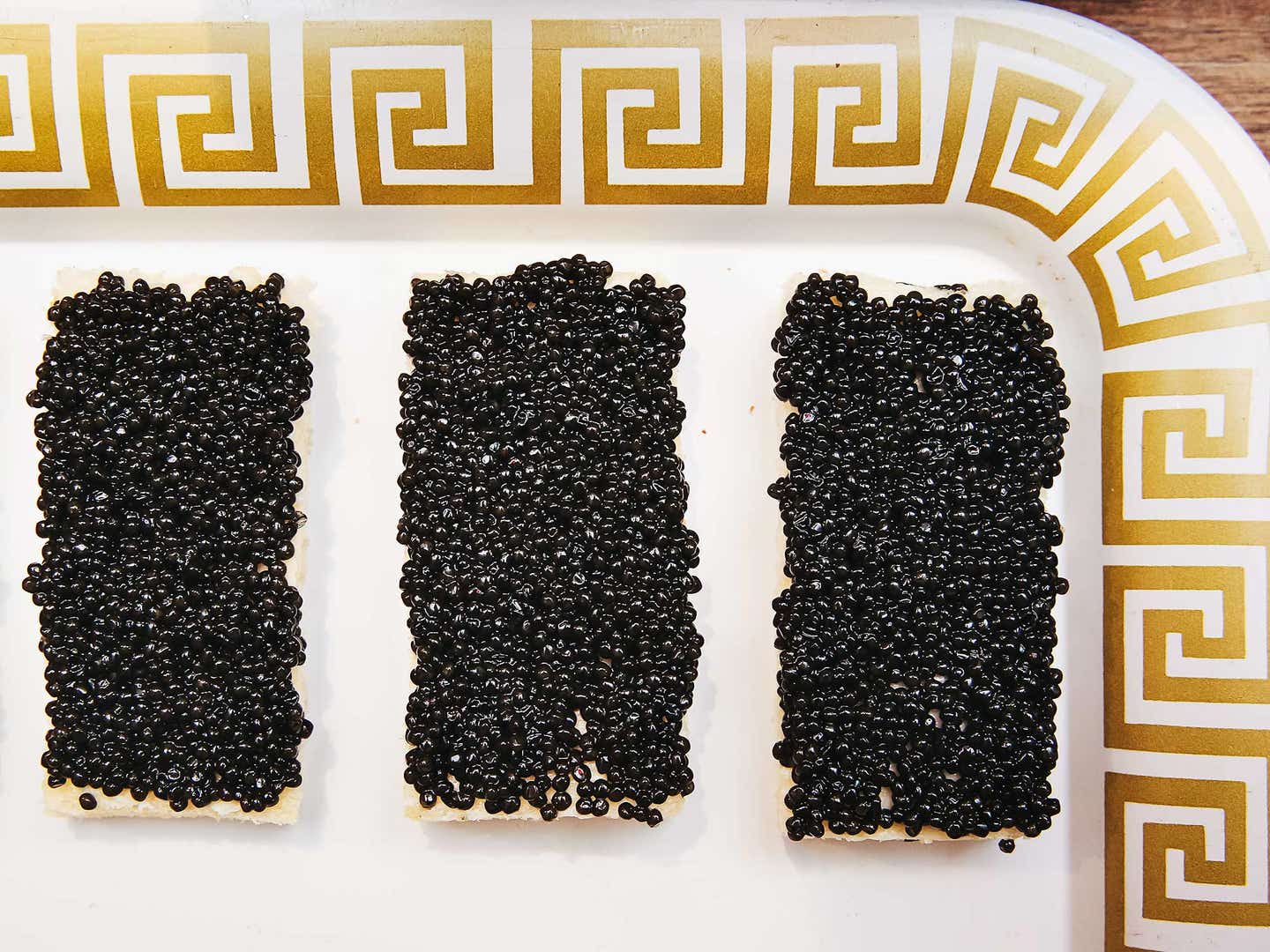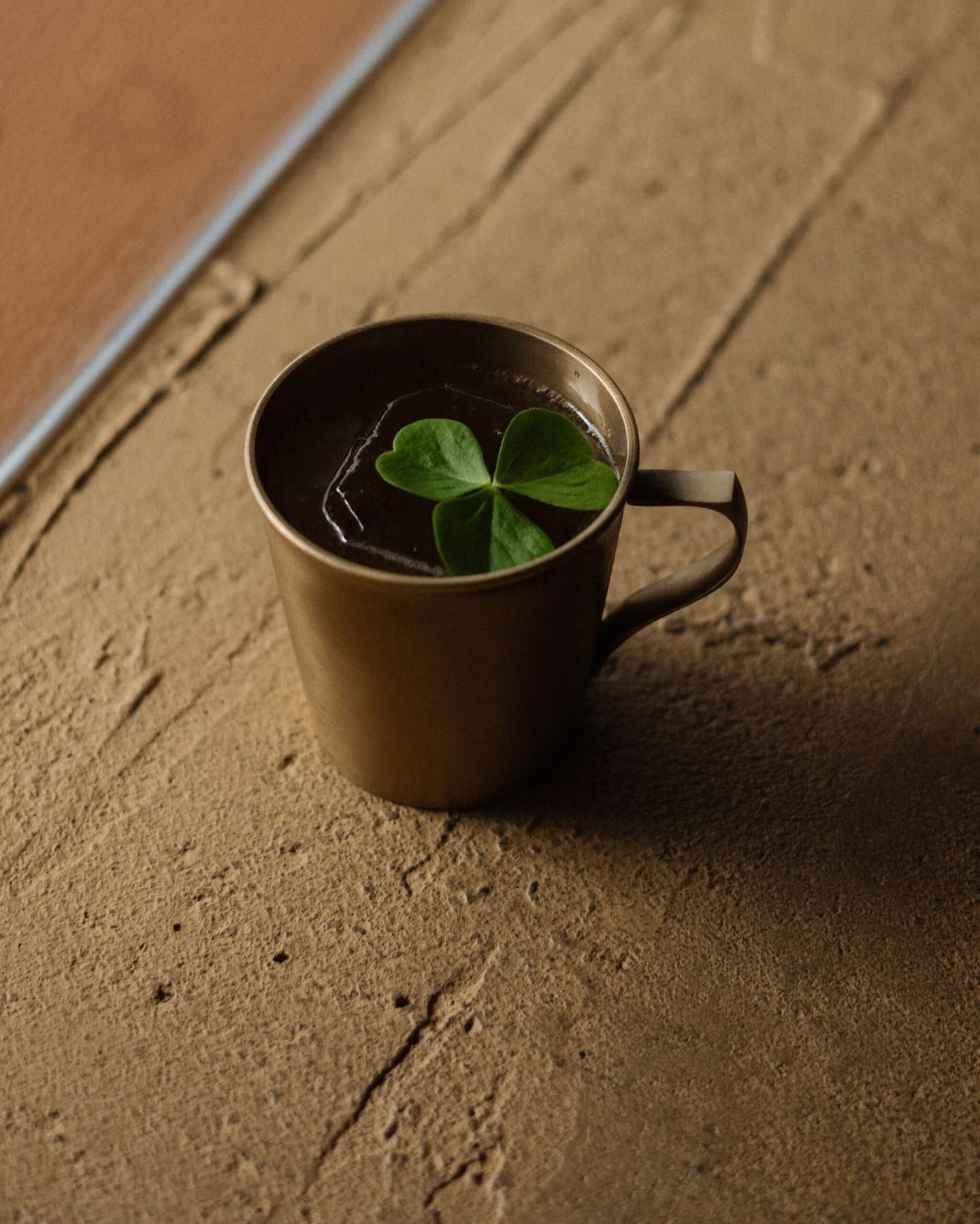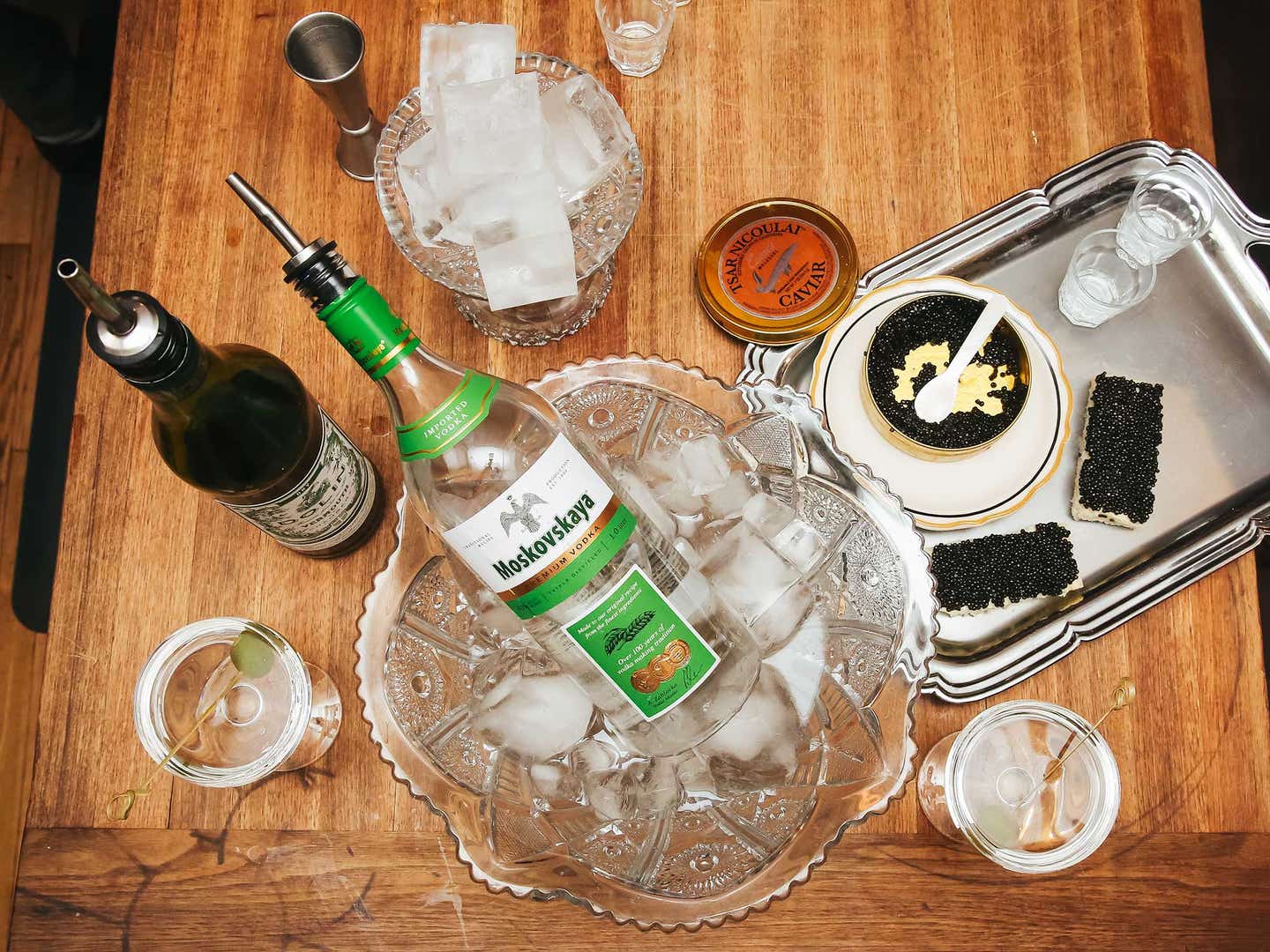
The following is an excerpt from the essay "Slava's Guide to Drinking an the Pyanka" in Kachka: A Return to Russian Cooking. See more of our best cookbooks of 2017 here.
There is a Russian word that has no English equivalent: PYANKA (Пьянка)
A pyanka essentially translates as a party where drinking is the main objective. But it's not really about the alcohol—it's about the experience. About opening your heart when you open the bottle (and, of course, filling your plate as you fill your glass). At the center of a pyanka—of Russian drinking in general—are three guiding principles:
This doesn't just mean making sure you have a compatriot at your side (although that's part of it)-it means literally drinking in unison. Everyone fills up their shot glasses together, and then drinks their measure in tandem. At a pyanka, a tamada (host) serves as a sort of ringmaster for the unfolding group drinks and toasts.
Each shot requires a reason-laid out in a toast. And a simple "cheers" just doesn't cut it. A drink requires some thoughtfulness. Raising a glass in honor of the host, reading a scrap of poetry for a loved one—this is why we drink.
RECOMMENDED: Our Full Interview with the Author of Kachka
Eating means EATING. I'm talking breaking bread, not beer nuts. To a Russian, all parties are dinner parties-and having something in your stomach means you can keep toasting for the next several hours.
With these three guiding principles, a sort of cadence emerges. A toast to bring everyone together, the clinking of glasses, throwing back your drink, and eating a few zakusi. And this repeats itself over and over.
Toast, clink, drink, eat, repeat.
Toast, clink, drink, eat, repeat.
It's such a beautiful way to spend time together. And that is what a pyanka really is.
Excerpted from the book Kachka by Bonnie Frumkin Morales. Copyright © 2017 by Bonnie Frumkin Morales. Reprinted with permission from Flatiron Books. All rights reserved. Photography by Leela Cyd.
Keep Reading
Continue to Next Story
